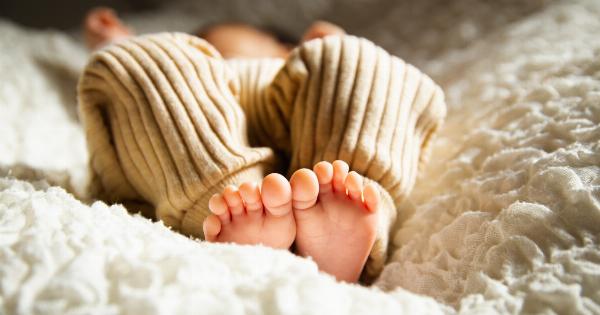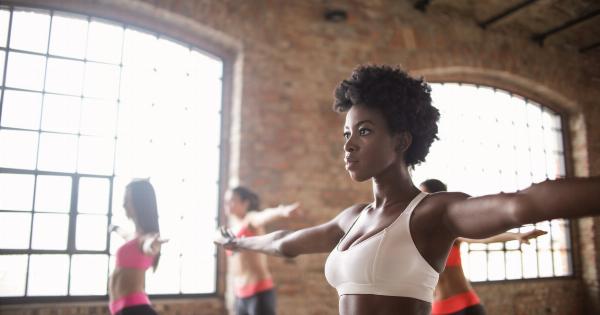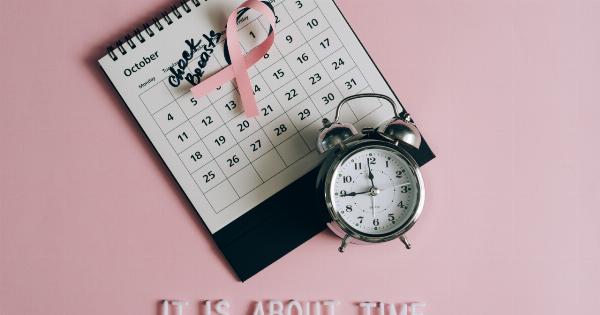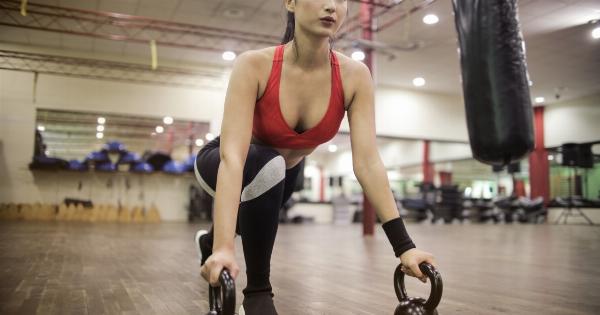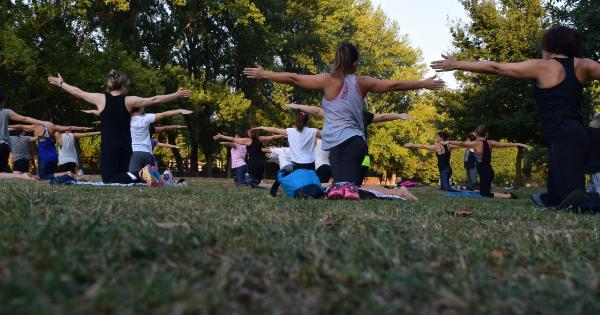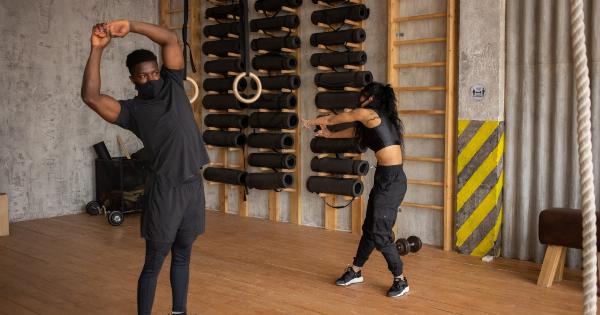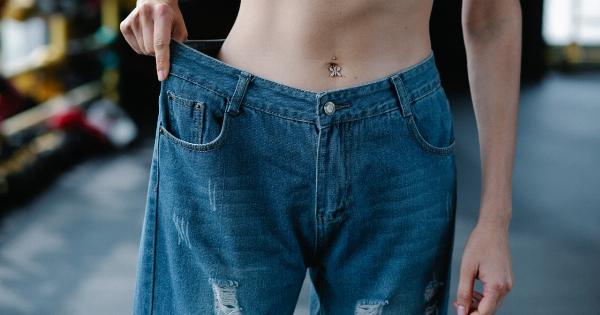Runner’s knee, also known as patellofemoral pain syndrome, is a common knee condition that often affects runners and athletes. However, it can also occur in individuals who do not engage in running or high-impact activities.
It is characterized by dull, aching pain around the front of the knee, particularly under or around the kneecap.
Symptoms of Runner’s Knee
The symptoms of runner’s knee may vary from person to person, but common signs include:.
1. Knee pain during physical activity or after prolonged periods of sitting.
2. A popping or grinding sensation in the knee when bending or straightening the leg.
3. Swelling and tenderness around the kneecap.
4. Instability or feeling as if the knee may “give way”.
5. Pain aggravated by walking downstairs or downhill.
Causes of Runner’s Knee
Runner’s knee can be caused by a variety of factors, including:.
1. Overuse or repetitive stress on the knee joint.
2. Weak or imbalanced thigh muscles.
3. Malalignment of the patella (kneecap).
4. Flat feet or high arches.
5. Inadequate warm-up or cool-down exercises.
Treatment Options for Runner’s Knee
Fortunately, runner’s knee can often be treated effectively with conservative measures. Consider the following treatment options:.
1. Rest and modification of activities: Give your knees a break and avoid activities that worsen the pain.
2. Ice therapy: Apply ice packs to the affected area for 15-20 minutes several times a day to reduce swelling and pain.
3. Compression: Use a compression bandage or knee brace to provide support and reduce inflammation.
4. Physical therapy: Work with a physical therapist to strengthen the muscles around the knee and improve alignment.
5. Non-steroidal anti-inflammatory drugs (NSAIDs): Over-the-counter medications such as ibuprofen can help reduce pain and inflammation.
6. Orthotics: Consider using shoe inserts or custom orthotics to correct any foot or gait abnormalities that may contribute to the condition.
7. Corticosteroid injections: In some cases, your healthcare provider may recommend a corticosteroid injection to reduce pain and inflammation.
Prevention Strategies
Prevention is always better than cure. Here are some strategies to help prevent the development of runner’s knee:.
1. Gradually increase training intensity: Avoid sudden increases in running mileage or intensity to give your body time to adapt.
2. Strengthen thigh muscles: Include exercises that target the quadriceps, hamstrings, and hip muscles to improve knee stability.
3. Use proper footwear: Wear well-fitting shoes with adequate support and cushioning for your specific foot type and activity level.
4. Warm-up and cooldown: Prioritize dynamic stretches and light exercises before starting your workout, and finish with static stretches.
5. Cross-train: Incorporate low-impact activities like swimming or cycling into your routine to reduce repetitive stress on the knees.
When to Seek Medical Attention
If rest, self-care measures, and conservative treatments do not alleviate the symptoms of runner’s knee within a few weeks, it is advisable to seek medical attention.
Additionally, if your knee pain is severe, accompanied by swelling or instability, or if you have difficulty bearing weight on the affected leg, consult a healthcare professional promptly.
Conclusion
Although commonly associated with runners, runner’s knee can affect individuals who engage in various physical activities or even those leading a sedentary lifestyle.
The good news is that with appropriate treatment and preventative measures, most people can recover from runner’s knee and return to their active lifestyles. Consult a healthcare professional for an accurate diagnosis and personalized treatment plan to get back on track.


